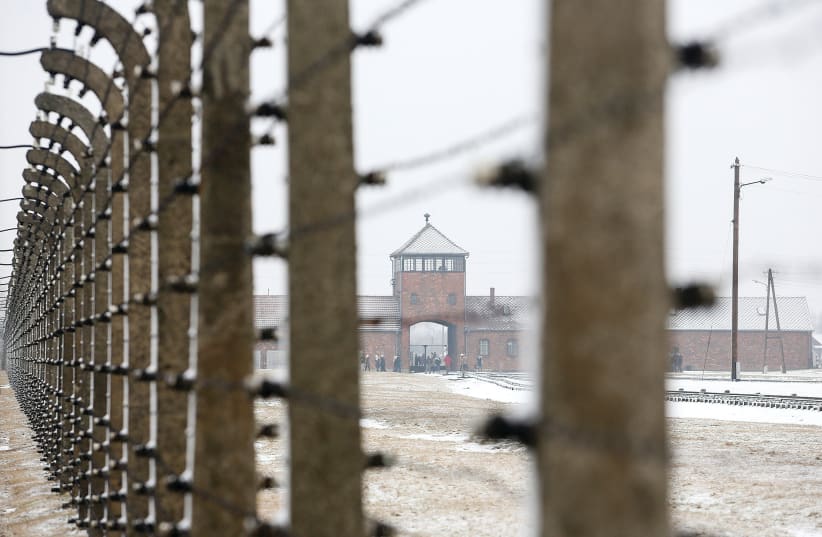After Auschwitz Trailer from jon kean on Vimeo.Kean will attend a preview screening on Thursday, with the proceeds benefiting the Friends of the Drexel and the Columbus Jewish Film Festival."It's like those kids in the cave," Kean, 51, said of the recent high-profile rescue in Thailand. "We're never going to hear about them again ... but what's the aftermath? We don't study the aftermath."The Philadelphia native, who now lives in Los Angeles, got the idea for the movie while working on the 2007 documentary "Swimming in Auschwitz," which related the experiences of six Jewish women incarcerated at the infamous death camp."I started working on the first film, and I realized that liberation day was a bad day — and it seems incredibly naive to just realize that; it should be obvious," said Kean, who is Jewish. "When I realized that, the story of what happens next is a better story, but I was already committed to making the first film, so I had to finish it."To find subjects for the first documentary, Kean combed the database of Holocaust survivors maintained by the U.S. Holocaust Memorial Museum for those living within 30 miles of his Los Angeles home. The 1,200 letters yielded 18 men and women who were interviewed for the movie in 2005; the footage of six women — Eva Beckmann and Firestone, natives of Czechoslovakia; Rena Drexler and Lili Majzner of Poland; Erika Jacoby of Hungary and Linda Sherman of the Netherlands — was used in "Swimming in Auschwitz."In 2008, Kean began a second round of interviews for "After Auschwitz," and the women told stories of being released to ravaged communities where their homes were either gone or occupied by others. They resorted to looting and begging to survive.Often, they were alone; the documentary cites statistics that 75 percent of survivors were the only members of their families to survive the Holocaust."I never found any of my family," Sherman says. "And I had a huge family."Many were forced to return to"displacement" camps in Germany, where they found something unexpected — love. Marriages between survivors proliferated."These marriages happened because of the big hole in our lives," Majzner says in the movie. "The loneliness, we did not have anybody. And when we found the same person with the same experiences, you have this bond. We were holding to it."Whether to be with relatives, find opportunity or escape Communism, the women all immigrated to the United States and, eventually, the Los Angeles area. They worked hard, bought houses and cars, had children and tried to fit in.But they found an America that wanted to put World War II in its past."Not one person asked me, 'What happened to you?' " Jacoby says. "They were so reluctant to even mention that I was in the concentration camp, so how can you feel well when this major thing in your life is not mentioned?"The emotion with which the women spoke was, for Kean, a filmmaker's dream."This is a unique point of view," he said. "And women give oral testimony differently from men. Men talk about the physicality, how hard it was. Women talk with more emotional detail, which is great for a filmmaker."Jacoby, Beckmann and Firestone are still living; Majzner and Drexel died in 2009; Sherman died in 2012.Kean began the interviews in 2008 but wasn't prepared physically or mentally to work seriously on the project until 2010, he said. He labored on the script until 2014 and edited the movie repeatedly before finishing it.He called the filmmaking process "brutal and rigorous," yet he sees himself as the main beneficiary."It's almost a selfish project," Kean said. "I'm a better person for having spent 15 years with Holocaust survivors. They don't want to teach us lessons; they want to connect with us."I'm not kidding — I'm a better person for this."©2018 The Columbus Dispatch (Columbus, Ohio) Distributed by Tribune Content Agency.
'After Auschwitz': Survivors tell powerful stories of life and triumph
"I started working on the first film, and I realized that liberation day was a bad day — and it seems incredibly naive to just realize that; it should be obvious."
